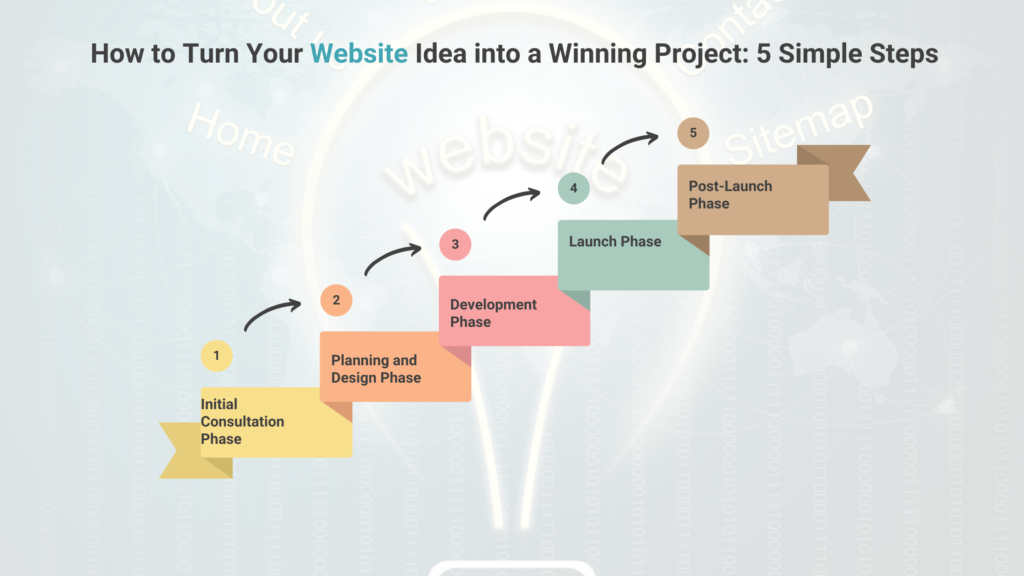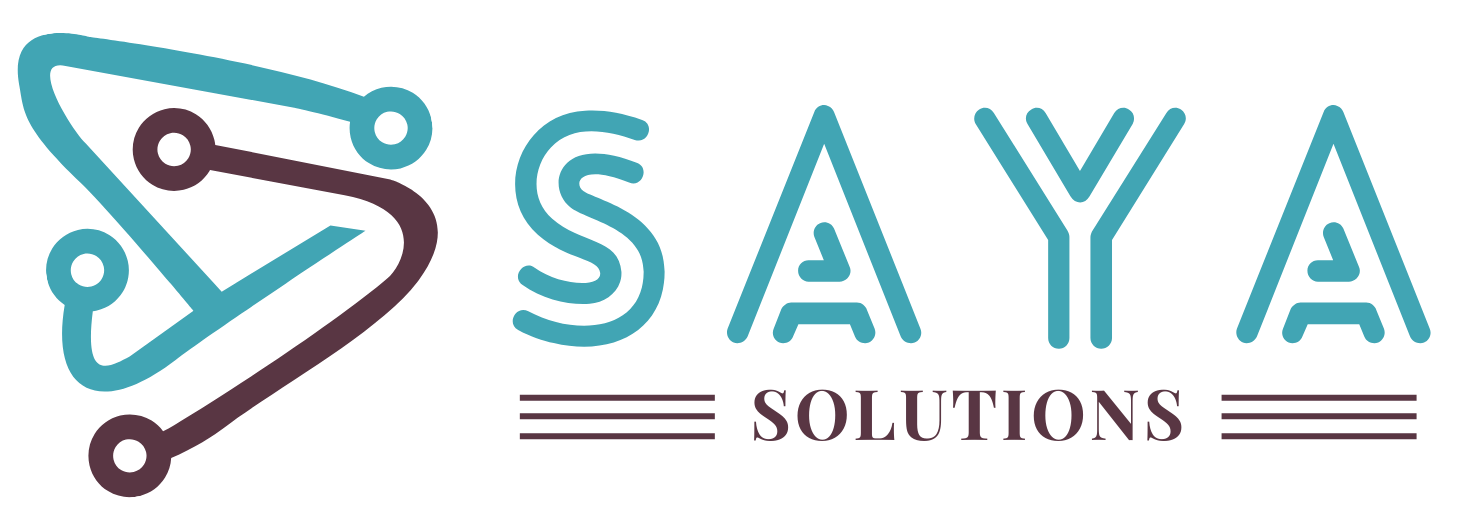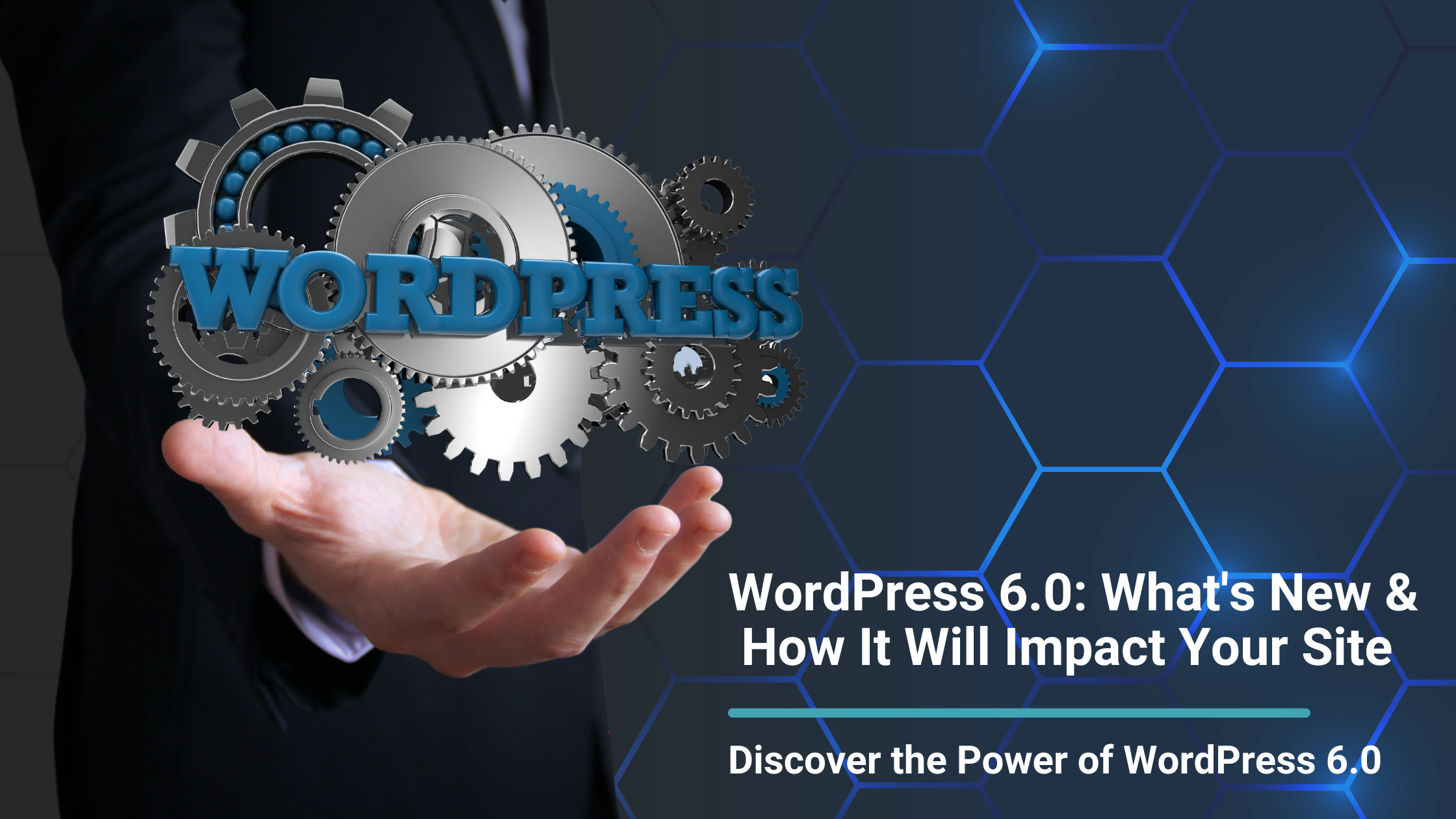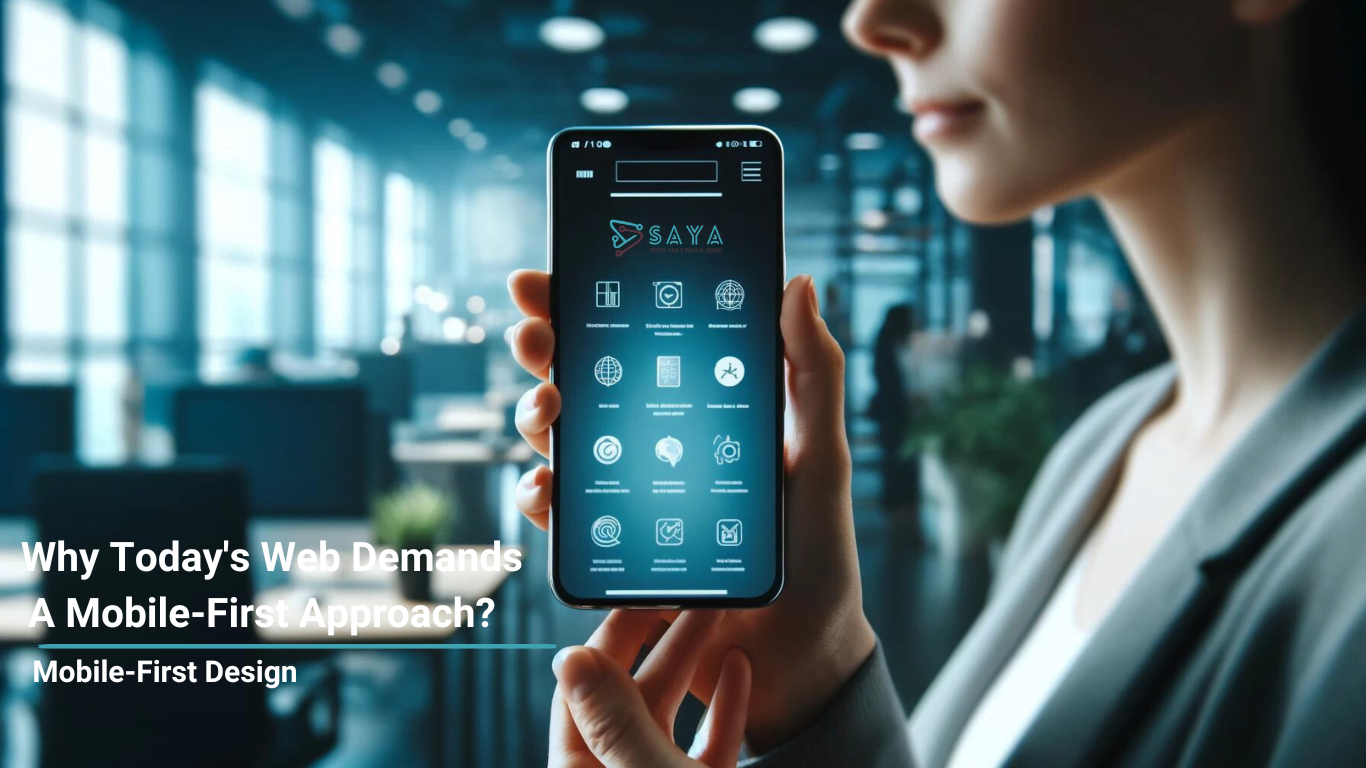
Creating a website for a client who knows they need an online presence but isn’t sure about the details can be challenging. This uncertainty can lead to multiple revisions, delays, and frustration for both the client and the developer. In this blog, we’ll discuss the common problems faced in each phase of website development with such clients and how we effectively tackle these situations to ensure client satisfaction and minimize rework.
Challenges Faced by Clients and Web Designers
Clients’ Perspective:
Clients often face significant challenges when designing or revamping their websites. They may struggle to articulate their vision, leading to vague descriptions and an unclear understanding of their own needs and goals. This lack of clarity can result in indecision, multiple revisions, and delays. Additionally, clients may feel overwhelmed by the technical aspects of web design, unsure of how to translate their business objectives into an effective online presence.

Web Designers’ Perspective:
For web designers, these challenges are equally daunting. Without a clear direction from the client, it’s difficult to create a cohesive and functional design. Designers must navigate the fine line between providing professional guidance and accommodating client requests that may change frequently. Effective communication is crucial, yet can be challenging when clients are unsure of their own requirements. Managing these uncertainties while staying on schedule and within budget requires a structured approach and a lot of patience.
Before diving into the specific phases of website development, it’s important to understand the overarching process. Each phase is designed to address common challenges and ensure a smooth transition from a vague idea to a successful, fully functional website.
Initial Consultation Phase
Problem: Clients Are Unsure About Their Needs and Goals
Example: Clients provide vague descriptions or say, “We just need an online presence.
Solution: Deep Discovery Sessions
We start with deep discovery sessions to understand the client’s business, target audience, and goals. Using detailed questionnaires, we ask specific questions that help uncover their needs. Additionally, we showcase examples from their industry to inspire ideas and clarify their vision. By the end of these sessions, we aim to have a clearer picture of what the client wants and how we can deliver it.

Planning and Design Phase
Problem: Clients Can’t Visualize the Final Product
Example: Clients frequently change design preferences, leading to multiple redesigns.
Solution: Utilizing Visual Aids
Visual aids are our best friends in this phase. We create mood boards and wireframes that help clients visualize different design elements and layouts. Interactive prototypes allow clients to engage with the design, providing a tangible sense of the final product. We also educate clients on current design trends and best practices, helping them make informed decisions. Regular feedback sessions ensure that we stay aligned with their vision and make adjustments early in the process.
Development Phase
Problem: Clients Introduce New Ideas Mid-Development
Example: After seeing the initial build, clients want to add new features or change the layout.
Solution: Iterative Approach with Regular Feedback Loops
To handle this, we adopt an iterative approach with regular feedback loops. Clear communication is key—we explain the impact of changes on the timeline and cost upfront. We document all decisions and changes meticulously, maintaining a record that helps prevent scope creep. By setting boundaries for mid-development changes and discussing potential future updates, we keep the project on track while accommodating client ideas.
Launch Phase
Problem: Clients Are Indecisive About the Launch Details
Example: Launch is delayed due to last-minute changes or lack of content.
Solution: Phased Launch Plan
We prepare a phased launch plan, allowing for incremental updates post-launch. This approach ensures that the website goes live on time, with room for refinements based on real-world feedback. We assist clients with content creation, providing templates and guidelines to streamline the process. Clear deadlines and continuous communication help keep the project on schedule. Training sessions post-launch enable clients to make minor tweaks themselves, fostering a sense of ownership and reducing delays.
Post-Launch Phase
Problem: Clients Request Significant Changes After the Site Is Live
Example: Clients want to revamp major sections based on new ideas or feedback.
Solution: Post-Launch Support Package
We offer a post-launch support package that includes a set number of revisions to manage expectations. We educate clients on the impact of major changes and suggest phased improvements to spread out costs and avoid overwhelming the site’s users. Regular check-ins and performance reviews help identify necessary adjustments, ensuring the website continues to meet the client’s evolving needs.
Conclusion
Ensuring client satisfaction in website development goes beyond delivering a great product. It’s about guiding clients through each phase, helping them articulate their vision, and being flexible yet firm in managing changes. By continuously learning from each project and refining our processes, we turn client ambiguity into success, creating websites that truly meet their needs and goals. As the best website design agency in Australia, our mission is to transform your ideas into successful, impactful web projects.






